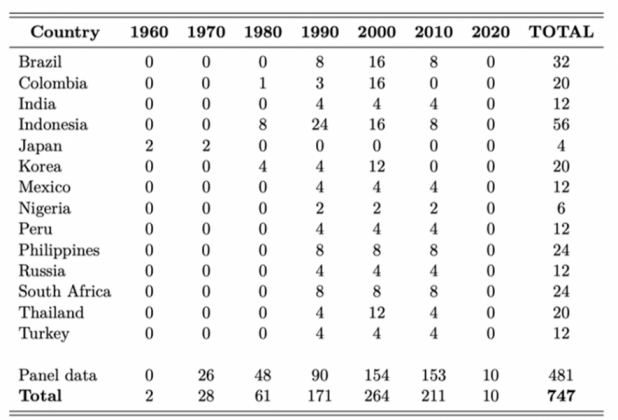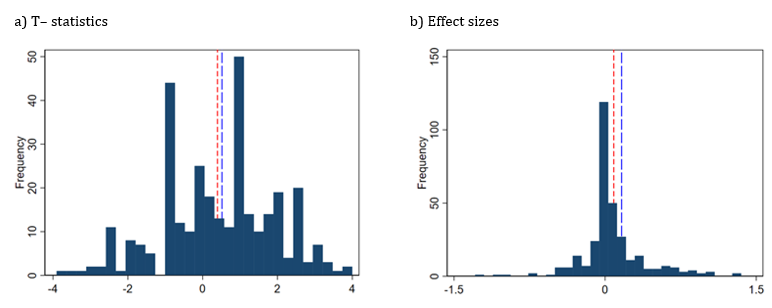References
Alberola, E., A. Erce, and J. M. Serena (2016): “International reserves and gross capital flows dynamics,” Journal of International Money and Finance, 60, 151–171.
Fang, X., B. Hardy, and K. K. Lewis (2022): “Who Holds Sovereign Debt and Why It Matters,” SSRN Papers 7070, SSRN.
Ghosh, A. R., J. D. Ostry, and M. S. Qureshi (2018): Taming the tide of capital flows: a policy guide, vol. 1 of MIT Press Books, The MIT Press.
Jarrell, S. B. and T. D. Stanley (1990): “A Meta-Analysis of the Union-Nonunion Wage Gap,” Industrial and Labor Relations Review, 44, 54–67.
Kalemli-Ozcan, S. (2019): “U.S. Monetary Policy and International Risk Spillovers,” NBER Working Papers 26297, National Bureau of Economic Research, Inc.
Koepke, R. (2015): “What drives capital flows to emerging markets? A survey of the empirical literature,” University Library of Munich, Germany.
Mohan, R. (2009): “Capital flows and emerging market economies,” Committee on the Global Financial System, CGFS Papers.
Ocampo, J. A., G. D. Orbegozo, and M. Villamizar-Villegas (2020): “Post-graduation from the original sin problem The effects of market participation on sovereign debt markets,” Borradores de Economia 1113, Banco de la República de Colombia.
Rey, H. (2015): “Dilemma not Trilemma: The Global Financial Cycle and Monetary Policy Independence,” NBER Working Papers 21162, National Bureau of Economic Research, Inc.
Schoenmaker, D. (2013): Governance of International Banking: The Financial Trilemma.
Stanley, T. D. and S. B. Jarrell (1989): “Meta-regression analysis: A quantitative method of literature surveys,” Journal of Economic Surveys, 3, 161–170.
Stanley, T. D. (2001): “Wheat from Chaff: Meta-Analysis as Quantitative Literature Review,” The Journal of Economic Perspectives, 15, 131–150.
Villamizar-Villegas, M., Arango-Lozano, L., Castelblanco, G., Fajardo-Baquero, N., and Ruiz-Sanchez, M. A. (2022): “The effects of Monetary Policy on Capital Flows A Meta-Analysis”, Borradores de Economía 1204, Banco de la República de Colombia.










